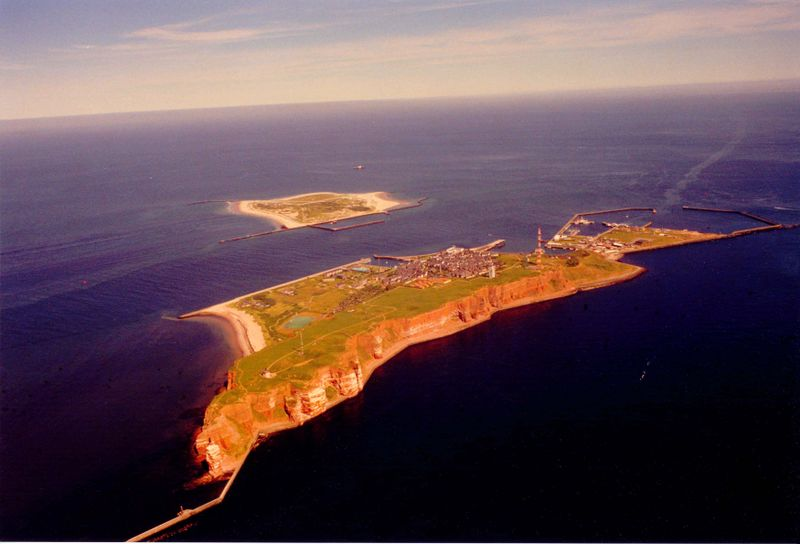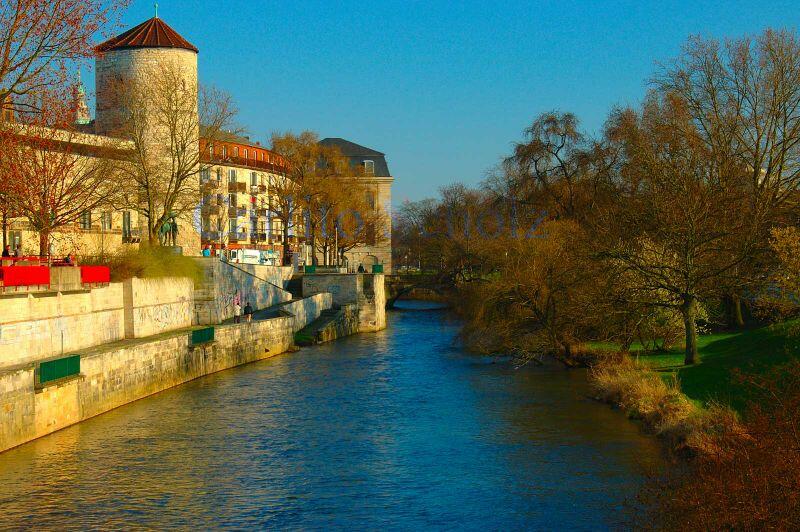
The city was founded in the medieval period, and its name can be translated as “High bank”. But it is necessary to mention, that this fact is under doubts. The city was a small village of ferrymen and fishers, and became a relatively large town in the 13th century. Nowadays, it is divided into 13 districts, and the population composes approximately 500 thousand inhabitants. It can be considered as one of the cultural capitals of Germany, as there are about 40 theaters in Hanover.
Hamburg and Bremen
These are the city-states, which means, that these cities have the subordinate territories, and possess the municipal powers. One of the interesting facts of Hamburg is that there are lots of canals in Hamburg, which are crossed by over 2300 bridges — more than Amsterdam (1200) and Venice (400) together.
Bremen is one of the largest port cities of Germany. Major part of the sights in Bremen could be found in the Altstadt (Old Town), an elliptical area encircled by the Weser River, on the southwest, and the Wallgraben, the medieval city walls, on the northeast.
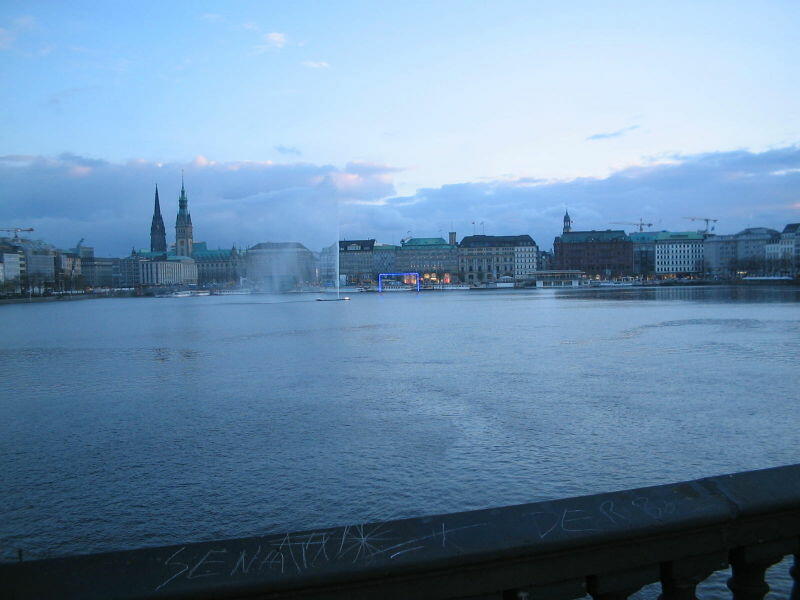
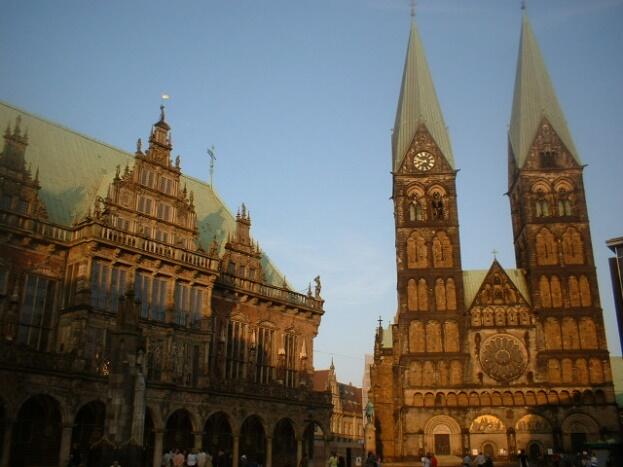
Opera in Hamburg was founded in the 2 January 1678 when the “Opern-Theatrum” was inducted with a performance of a biblical Singspiel by Johann Theile. It became the first public opera house in Germany established by the art-loving citizens of Hamburg, a flourishing member of the Hanseatic League.
The zoo in Hamburg is well known all over the world as the first zoo in the history with the open-air “cages”, representing the natural conditions of life for various animals. It was founded in 1907.
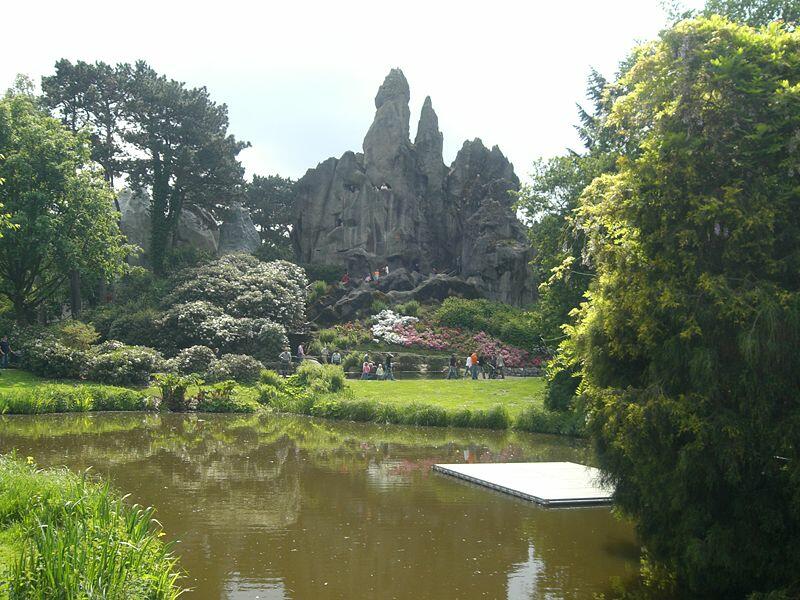
The Hanseatic League
The League acted between the 13th and the 17th century, as the league of the entrepreneurs, in order to maintain the trading monopoly in Baltic Sea. The fall of the league happened in the middle of the 16th century, but as it can be seen from the history, it continued acting for the following century up to the middle of the 17th.
The Lüneburger Heide
The Lüneburg Heath is an area in Lower Saxony in Germany, and it includes the territory between the Hamburg, Hanover and Bremen. Northern Low Saxon language is still extensively used in the region. The region is plastered by a heathland landscape. The existing landscape appeared in medieval times when woods were cut for to maintain the salt production in Lüneburg.
Helgoland
The island in the Baltic Sea, which formerly belonged to Britain and Denmark. The population of the island does not exceed 1,700 inhabitants, and it takes approximately 2 hours to get to the continent on the ferry.
